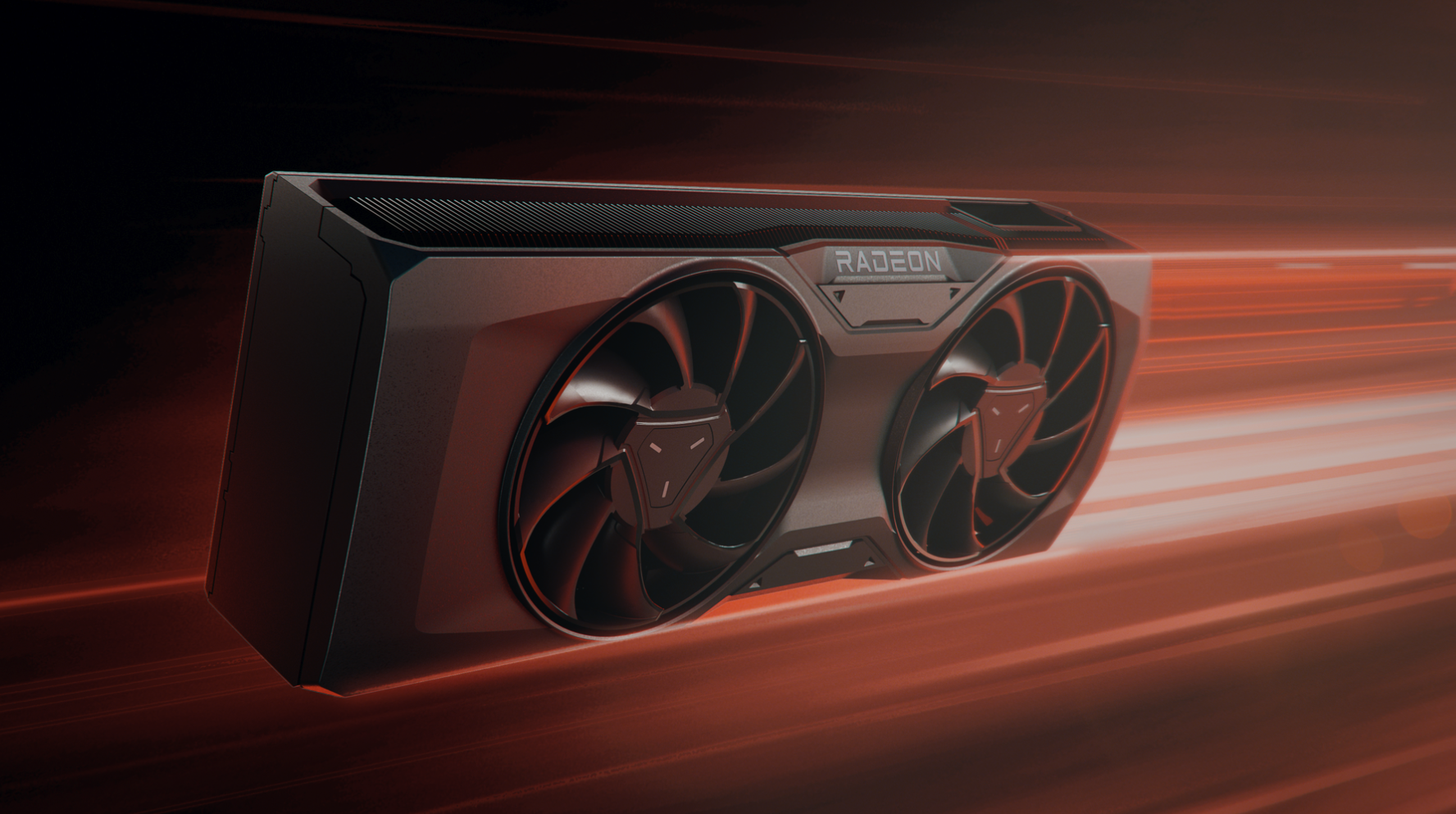Radeon RX 7700 XT and 7800 XT pricing 'super aggressive' according to AMD
But surely the $50 gap between the two new GPUs is too small?

AMD's gaming graphics supremo, Scott Herkelman, has been expounding the virtues of the company's new Radeon RX 7700 XT and 7800 XT GPUs, characterising their pricing as "super aggressive".
In an interview with Club386, Herkelman was cross examined on the pretty reasonable question of whether the new 7700 XT and 7800 XT were priced a too close for comfort.
The 7700 XT clocks in at $449 and the 7800 XT at $499. The narrow distance between the two GPUs mirrors that of the 7900 XT and 7900 XTX at launch late last year. At $899 and $999, respectively, that made for the same 10% premium for the higher performing card.
The 7900 XT's actual selling price has since dropped to well under $800, arguably creating a more suitable separation and implying the pricing was too close for market realities. Herkelman, perhaps not surprisingly, doesn't see it that way.
"The percentage price gap between 7900 XTX / XT and 7800 XT / 7700 XT is roughly the same, though dollar-wise it’s different. $50 is a big deal for people who are looking at 7800 XT / 7700 XT-class of GPUs. The price could always be cheaper on a GPU, but if we don’t make money, then it’s hard to make a roadmap. $50 at this level is a good price gap, and we’ll have to see how it plays out in the market. We tried to go super-aggressive on pricing, but at the same time, we’re a company and have to make money," he says.
Is $50 really a "good price gap" in the context of circa $500 cards? For our money, the extra $50 seems like a no brainer for the 7800 XT's higher shader count, 4GB of additional VRAM and 256-bit rather than 192-bit memory bus. All told, that's quite a spec bump for just 10% more cash.

Our initial impression when seeing the specs of the new GPUs was that the chiplet architecture used by the Navi 32 GPU in both of these new graphics cards was probably quite expensive to produce.
Keep up to date with the most important stories and the best deals, as picked by the PC Gamer team.
That may put a lower limit on pricing for the 7700 XT, as implied by Herkelman's comment regarding the need to actually make money on the cards. At the same time, AMD can only go so high with the 7800 XT before the competition from both Nvidia and AMD's own last-ten RX 6000 GPUs gets a little too hot to handle. Squeezed from both sides, perhaps AMD therefore had little option but to price the two GPUs so close together.

Best CPU for gaming: The top chips from Intel and AMD
Best gaming motherboard: The right boards
Best graphics card: Your perfect pixel-pusher awaits
Best SSD for gaming: Get into the game ahead of the rest
On a related note of interest, speaking of availability for both the 7700 XT and 7800 XT, Herkelman says there will be "plenty enough to cover initial demand" with the two GPUs being available in roughly equal numbers.
It will be interesting to see whether the 7700 XT will need a bit of a hair cut to actuall sell in equal numbers. Even by AMD's own official numbers, the 7800 XT offers more frames per dollar than the 7700 XT. And since when did lower-tier GPUs offer worse value than higher-tier GPUs?
Well, since this generation of GPUs from both AMD and Nvidia. But it's still hard to swallow. Whatever, the 7800 XT looks like easily the better buy on paper. We'll know more next week when we get our hands on the cards.

Jeremy has been writing about technology and PCs since the 90nm Netburst era (Google it!) and enjoys nothing more than a serious dissertation on the finer points of monitor input lag and overshoot followed by a forensic examination of advanced lithography. Or maybe he just likes machines that go “ping!” He also has a thing for tennis and cars.

